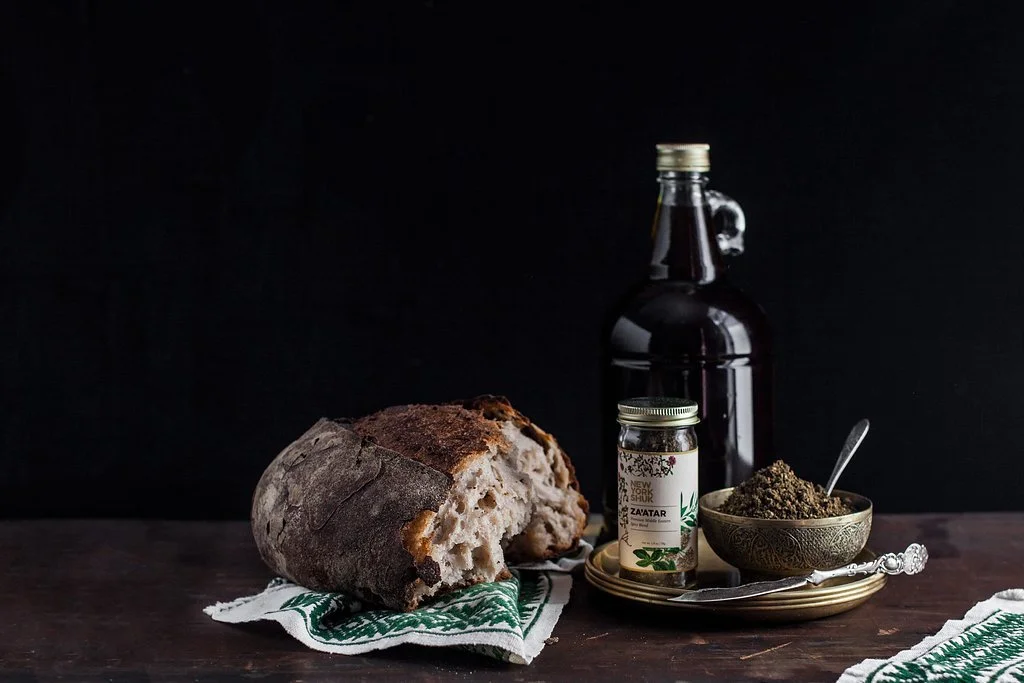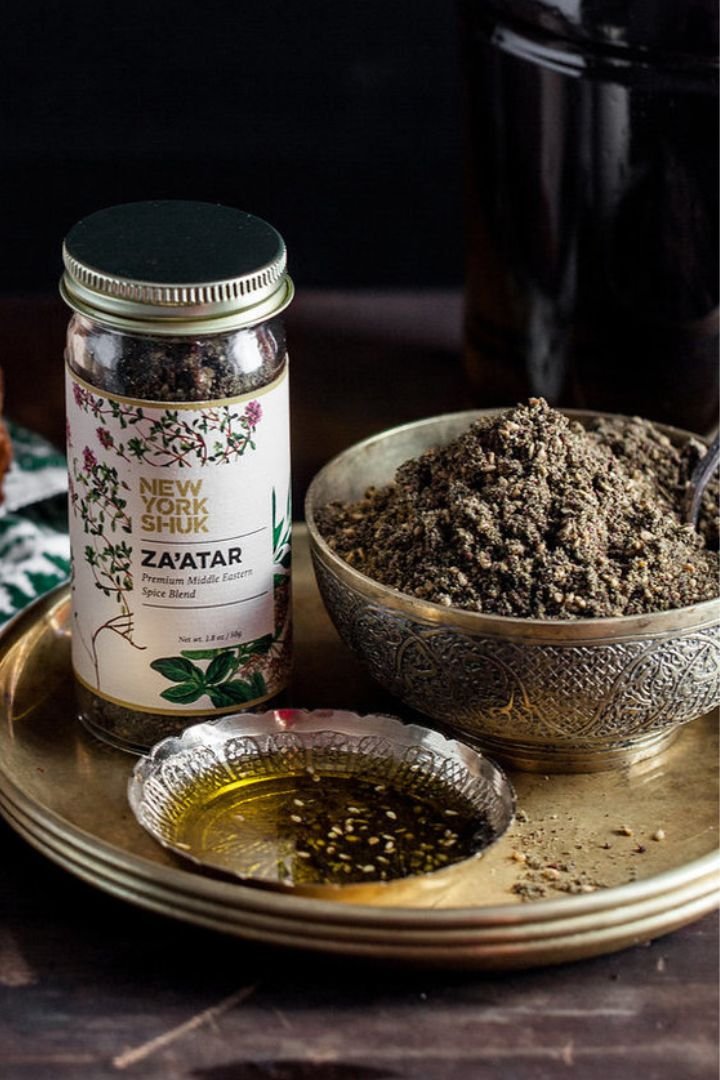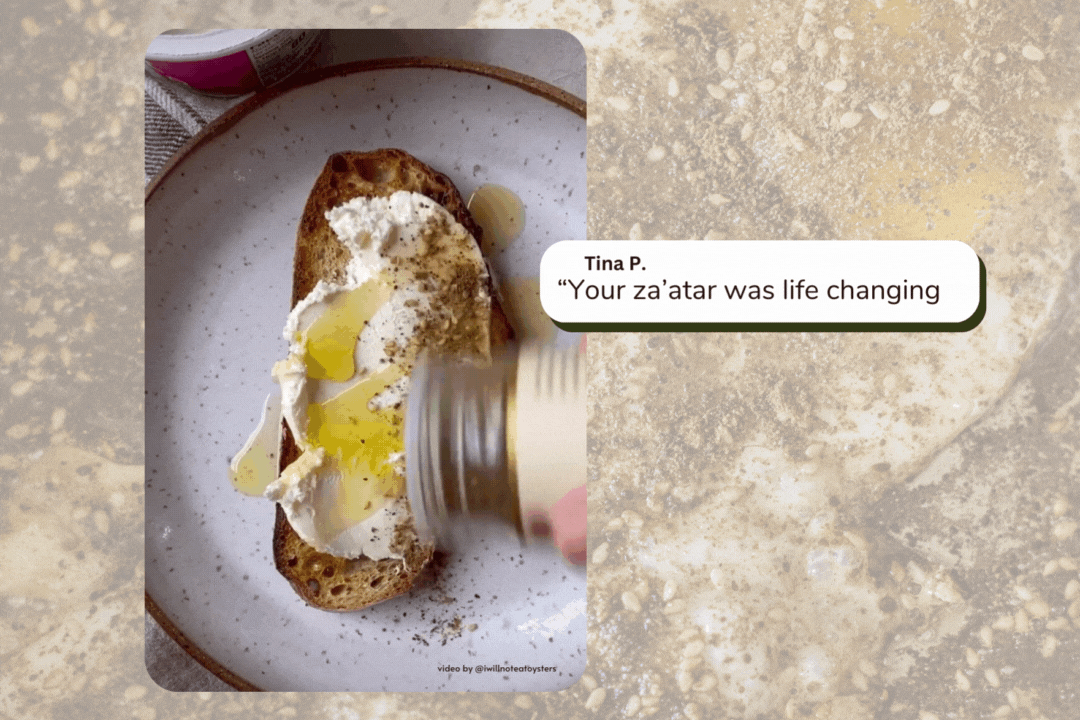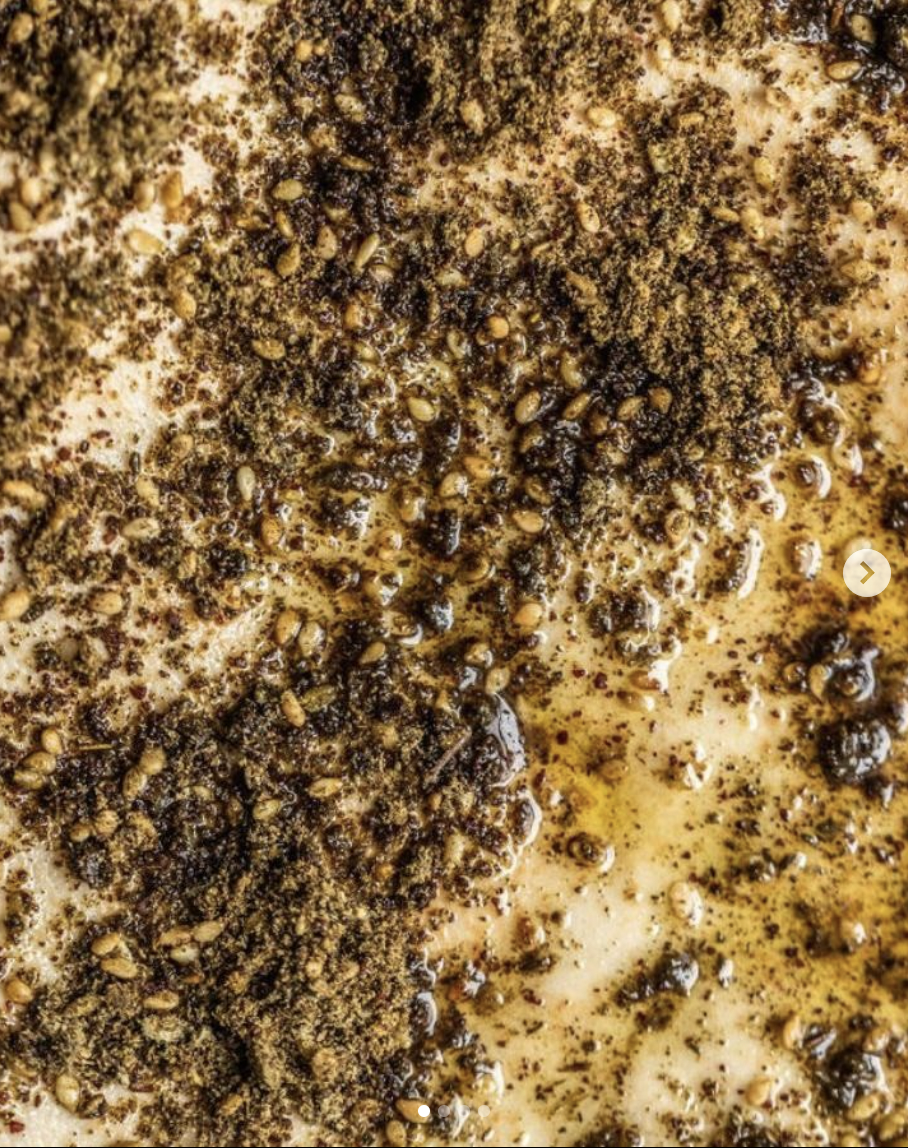THE ZA’ATAR PLANT (Origanum syriacum in Latin)
Rather bushy with a woodsy fragrance, tiny white flowers, and lots of fuzzy leaves. It is a botanical relative to oregano and marjoram and shares its cousins’ savory, woodsy, and delicately minty flavor profiles. The plant’s leaves are sometimes marketed and sold under other names including Syrian oregano, wild thyme, biblical hyssop, and holy hyssop, though in recent years the name za’atar has become increasingly recognized.







